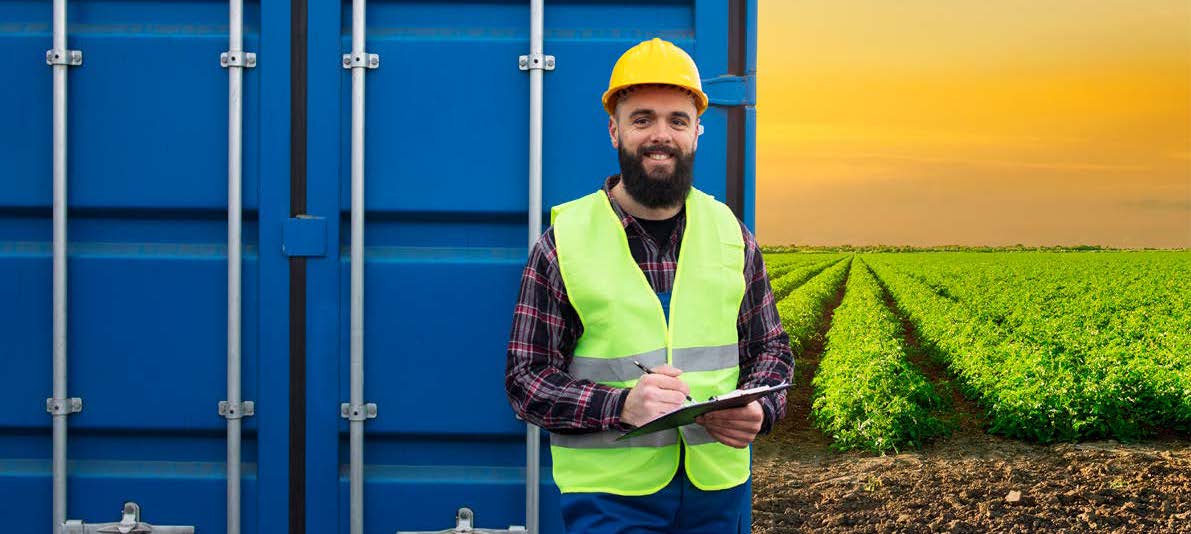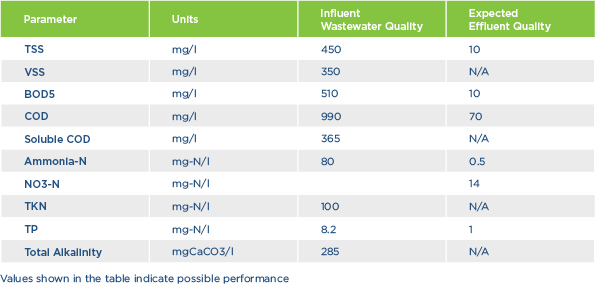Membrane BioReactor Technology
for Wastewater Treatment

Membrane BioReactor (MBR) technology is widely used for municipal wastewater treatment, industrial wastewater treatment, water reclamation for park irrigation and agriculture, as well as residential and commercial wastewater treatment. As its name suggests, it combines a membrane filtration process with a biological wastewater treatment process.
Membrane Filtration
Treatment technologies used for the regeneration of wastewater often rely on specialized membranes, which selectively allows or prevents substances from passing through i.e. allowing water to pass through while trapping solids, salts and pollutants. There are four typical membrane processes: reverse osmosis, nanofiltration, microfiltration and ultrafiltration, differentiated by their pore size.
Biological Wastewater Treatment
Typical biological wastewater treatment includes processes such as activated sludge, which utilizes aeration and a biological floc (sludge blanket) made up of bacteria and protozoa. Typical processes include an aeration tank where oxygen is injected into the mixed liquor, followed by a settling tank to allow the sludge blanket to settle. This process separates the sludge from the treated water.
Compared to common settlement separation systems, MBR processes can be operated at higher mixed liquor suspended solids (MLSS) concentrations. The result is a reduction in reactor volume while achieving the same loading rate. In addition to its small footprint, MBR is also well suited to the retrofit and upgrading of legacy wastewater treatment plants. Utilizing MBR processes for wastewater treatment produces high quality effluent suitable for discharge to industrial reuse or to be utilized for irrigation.

Containerized Membrane BioReactor
The MBR 3T All-in-One containerized solution developed by Triple T, a subsidiary of the WFI Group, is tailored to task. The smart system design varies according to the quantity of pollutants present in the water and effluent flow rate required, producing exactly the right effluent quality for each biotreatment application.
This versatile biological water treatment solution offers process design flexibility from total nitrogen (TN) removal and Enhanced Biological Phosphorus Removal (EBPR) to fully aerobic processes complying with BOD, ammonia and TSS limits.
A typical nutrient removal process design consists of four stages: facilitating EBPR, denitrification, aerobic nitrification and polishing, and MBR. The first stage, facilitating EPBR, allocates volume for anaerobic conditions. During stage two, the denitrification stage, anoxic volume is allocated to mixed liquor circulated from a downstream stage. This enables denitrification combined with removal of most of the organic load. In stage three, aerobic nitrification and polishing involves treating nitrification, along with aerobic treatment of the residual organics left over from the denitrification process. The final stage, MBR, produces filtered effluent, concentrates the mixed liquor, and uses the scouring air to further polish ammonia and BOD to discharge levels. Returning sludge and nitrate for denitrification are provided by internal circulation from the MBR chamber, back to the first stage.
Tailored to Task — Customizing the
Wastewater Treatment Process Flow
Tailored to task means the system design varies according to the amount of pollutants and flow rate required e.g. treating more pollutants at a lower flow rate or less pollutants at a higher flow rate. The plug & play versatile containerized system can be customized to meet varied capacity and water feed parameters.
Typical MBR 3T treatment packages include: fine screening, biological phosphorus removal, nitrogen and organic matter reduction. Pre-MBR units typically include coarse screen, mixed stabilization tank, and MBR feeding unit. Additional treatment stages such as disinfection can be added as required.
The MBR 3T, with a maximum capacity of 200 m3/day, delivers superior effluent quality that complies with stringent standards. Engineered for safe and easy installation and O&M, this adaptable solution can be tailored to a wide variety of applications.
Our experts specialize in designing the required processes in a compact containerized system to deliver the results that municipalities, decentralized communities, and agricultural customers need.



